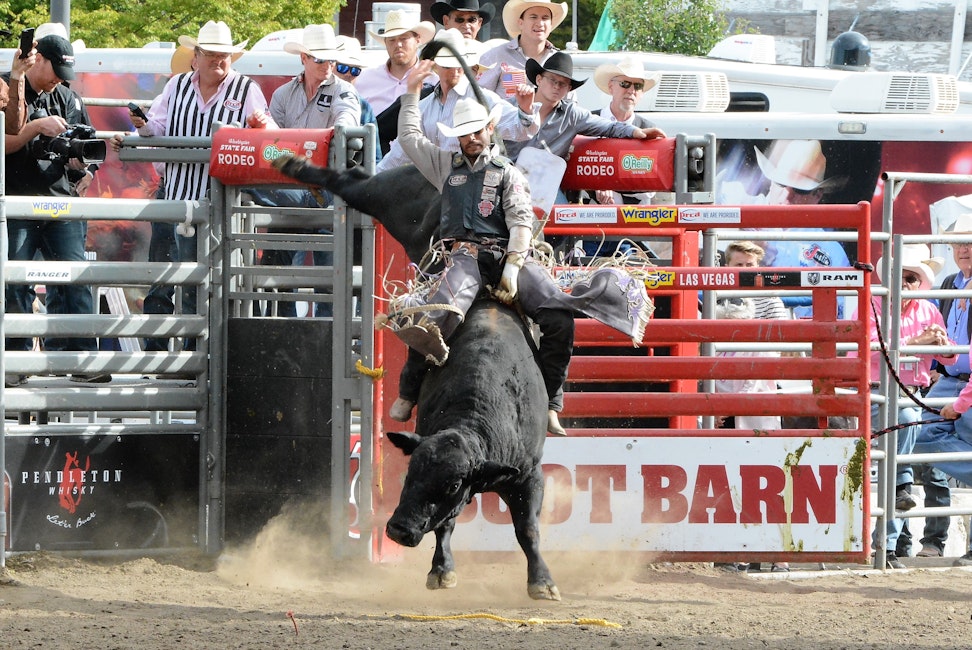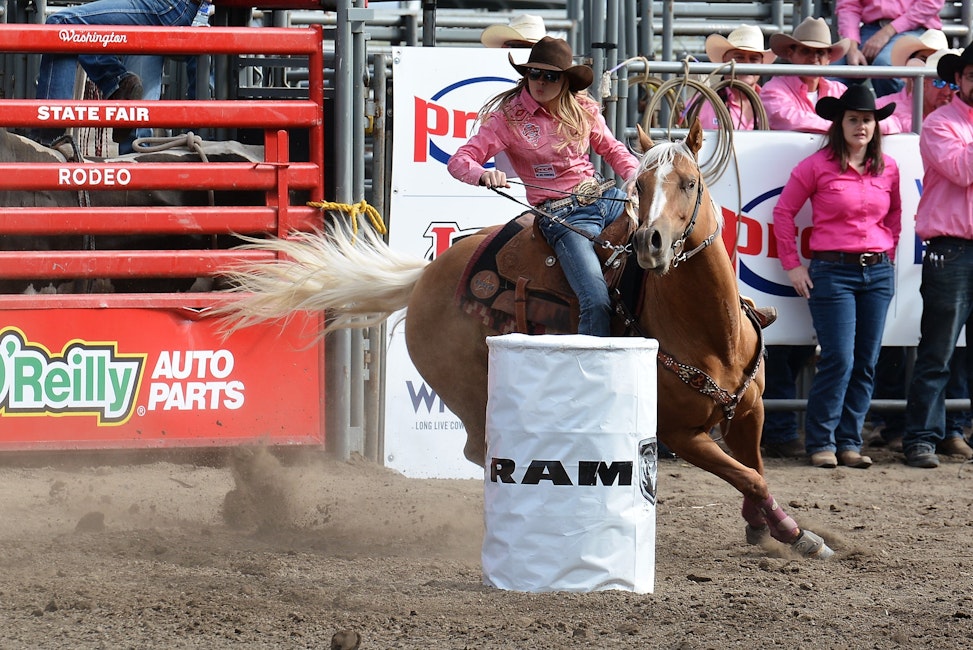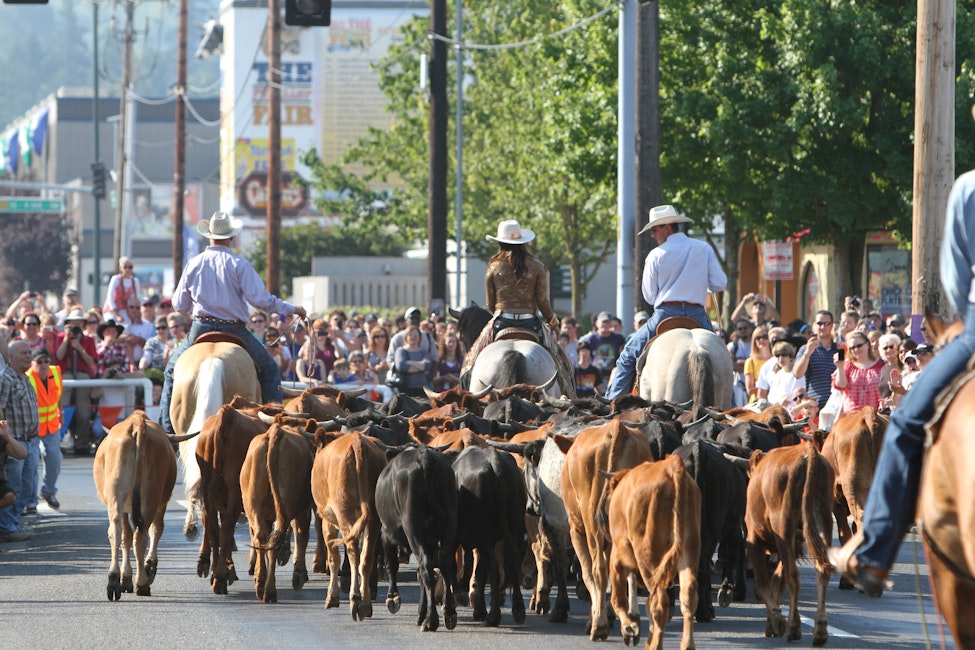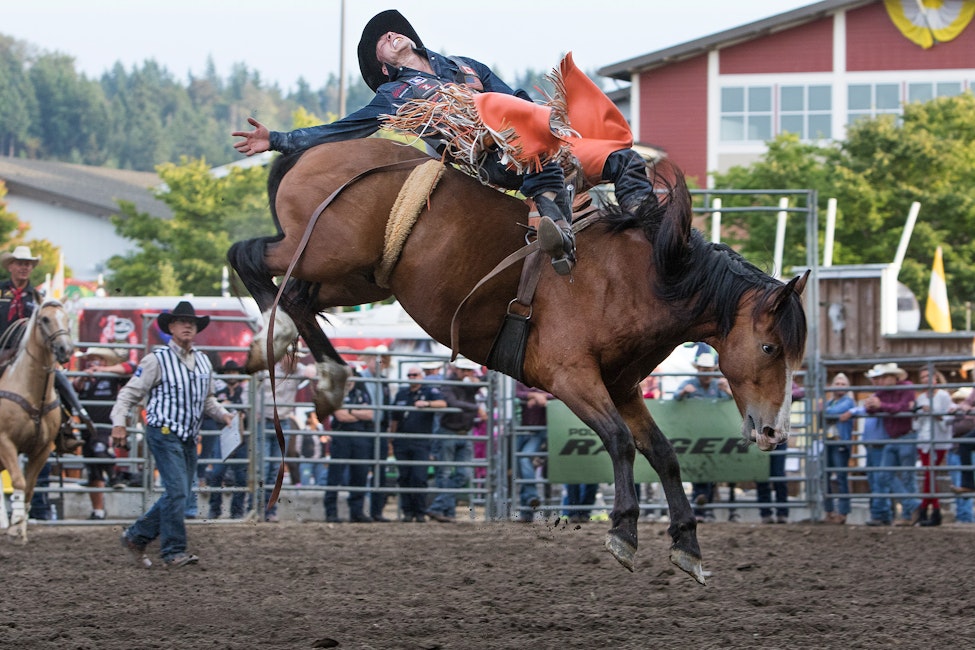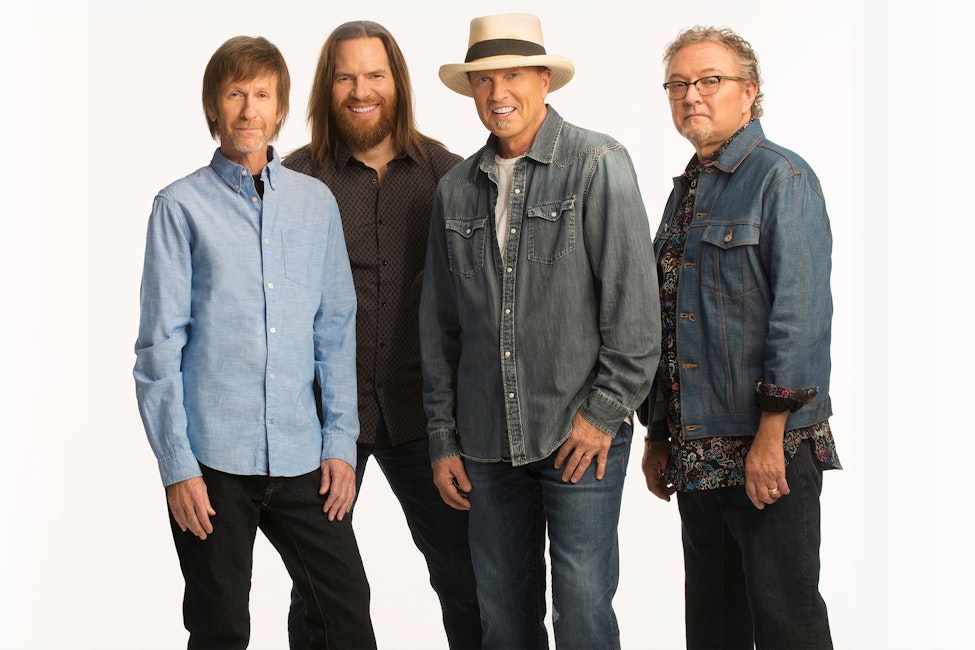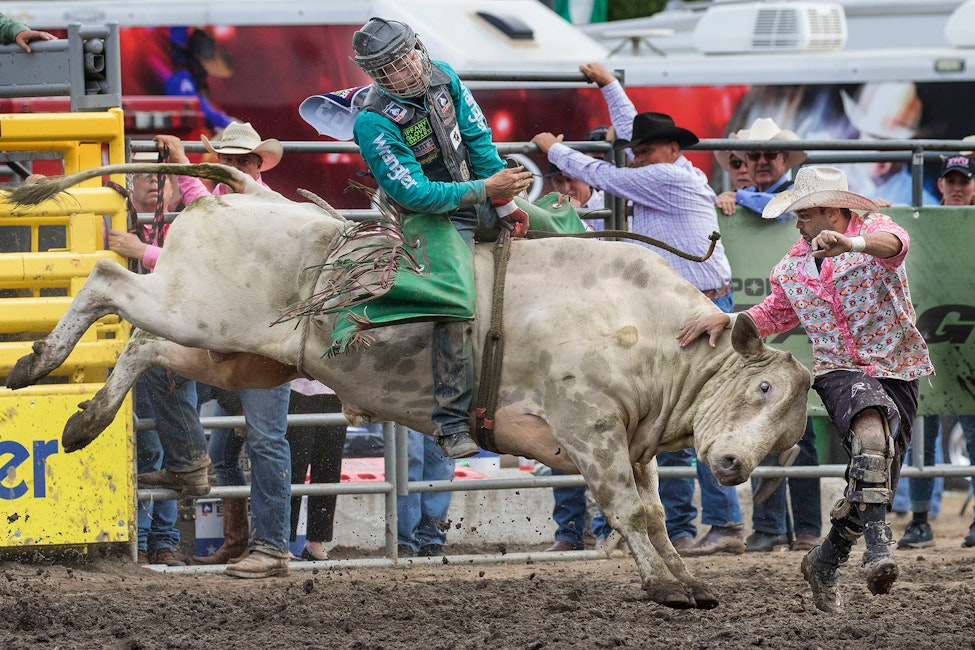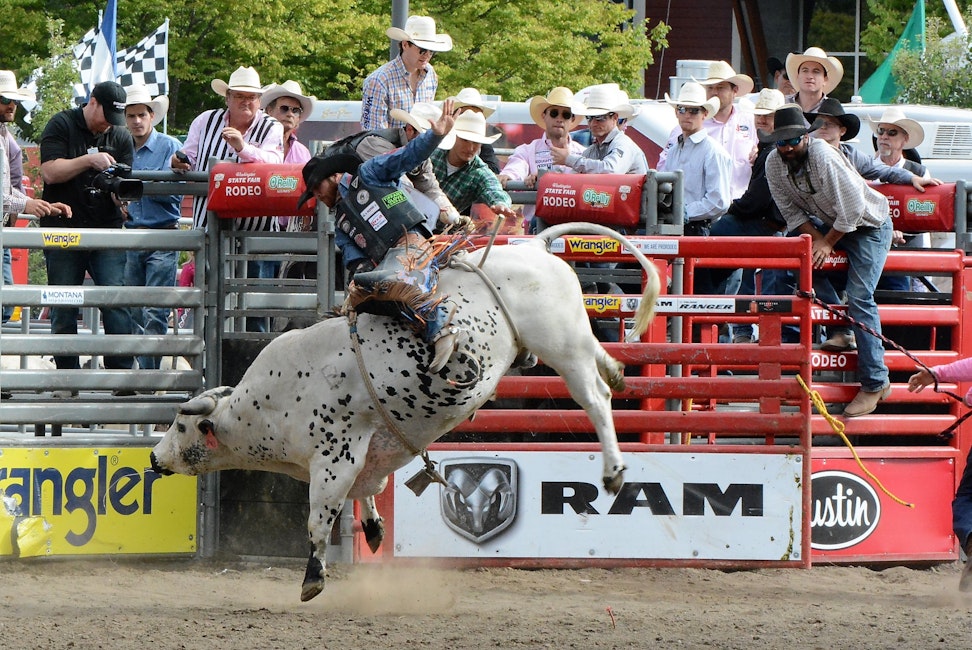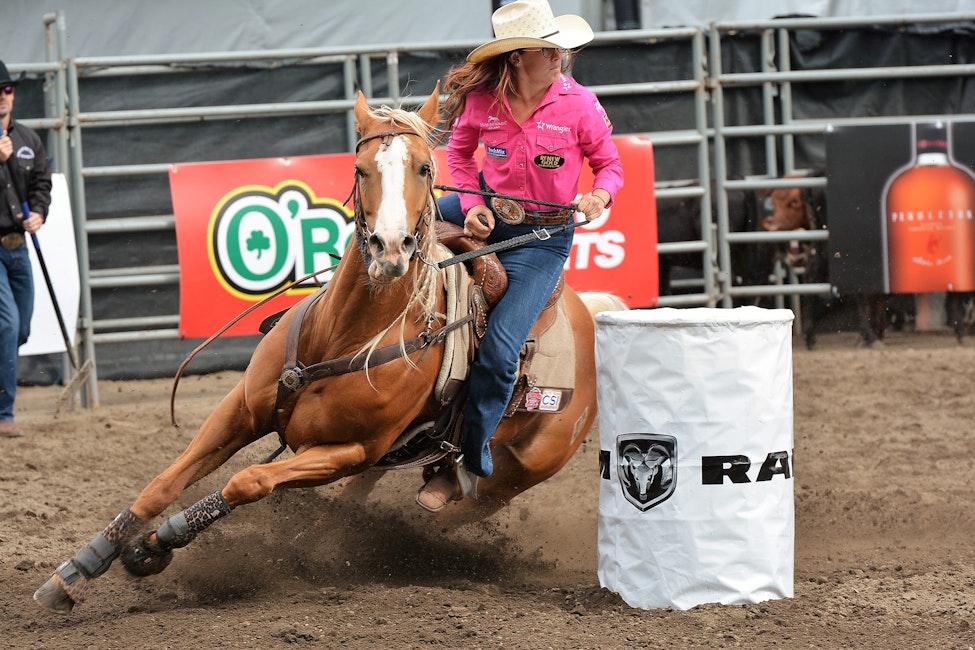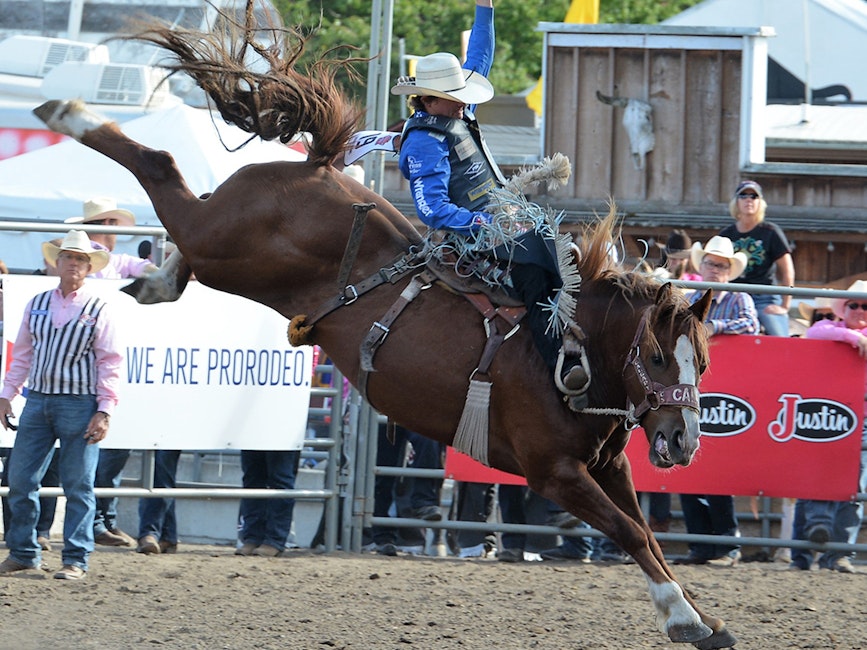The Puyallup Rodeo
Puyallup Rodeo Events
Rodeo contestants compete in seven different events at each of the Puyallup Rodeo's five performances. Each event has it's own set of rules and requirements that determine the particpant's score, and their ability to advance in the playoff series.
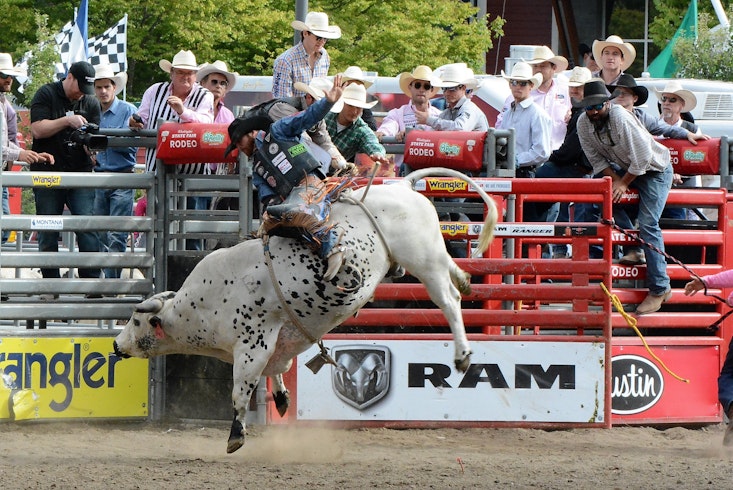
Bull Riding
Sponsored by

Bull riding is one of the more exciting - and dangerous - rodeo events. A rider sits atop a 2,000-pound bull holding on only via a rope.
The rope is wrapped around the bull's chest, just behind the front legs. One end of the rope, called the tail, is threaded through a loop on the other end and tightened around the bull. The rider then wraps the tail around his hand, sometimes weaving it through his fingers to further secure his grip. A bell attached to the rope excites the bull, causing it to buck harder, and acts as a weight that pulls the rope off the bull once the rider has released his grip.
Bull riding requires exceptional balance, upper body strengt...
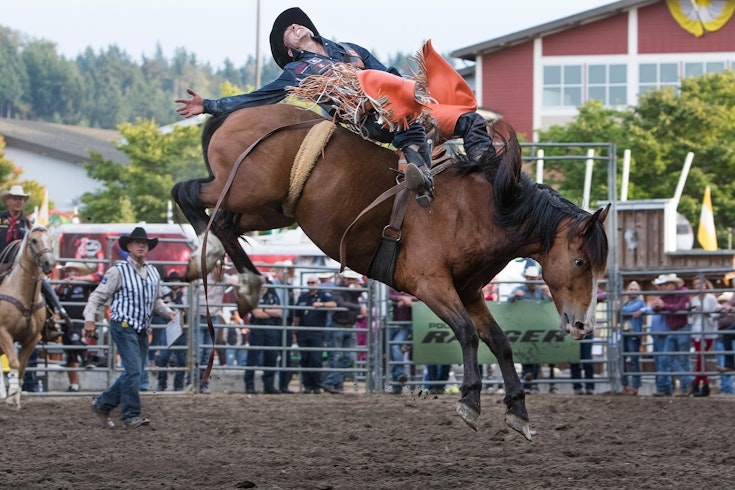
Bareback Riding
Sponsored by
Bareback riding is often considered the most physically demanding event in pro rodeo.
In this event, a cowboy must stay atop a bucking horse for eight seconds, holding onto nothing but a leather rigging that resembles a suitcase handle.
The rider is judged on his control and spurring technique. High scores are earned when the rider snaps his spurs to the horse's neck just before the animal's front feet strike the ground. This is called "marking out." The rider then pulls his spurs along the horse's neck or shoulders toward his rigging handle as the horse bucks into the air.
Disqualifications:
- failing to stay on the horse until the eight-second whistle ...
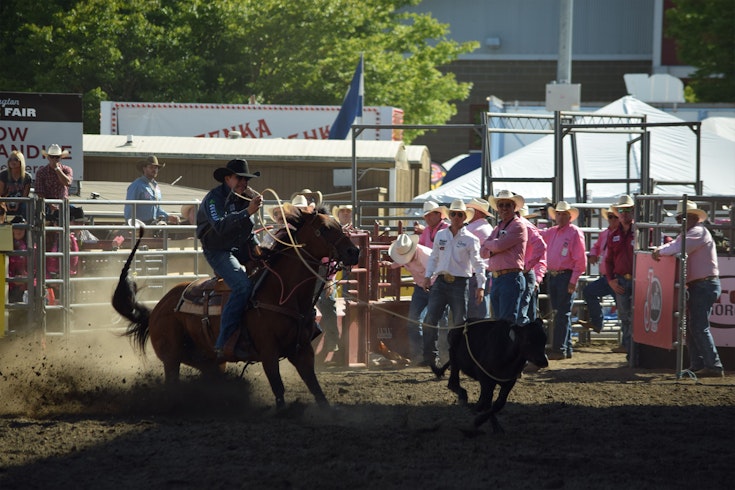
Tie Down Roping
Tie-down roping requires more than quickness and accuracy with a lasso, it also requires the contestant to be an experienced horseman and a fast sprinter.
The calf is allowed a head-start out of the chute, which is determined by the size of the arena. At the advantage point, the barrier is released and the contestant takes off in pursuit of the calf.
The horse is trained to come to a stop the moment the rider throws his lasso and catches the calf. The cowboy then dismounts, runs to the calf and throws it by hand, also called "flanking." If the calf is not standing when the roper reaches it, he must allow the animal to stand before flanking.
After the calf is flanked, the rope...
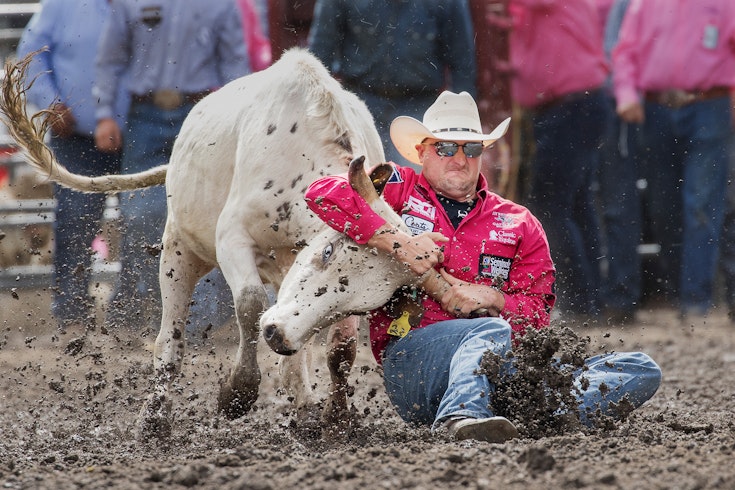
Steer Wrestling
Steer wrestling is the fastest sport in rodeo. The steer wrestler, also known as the "bulldogger" uses strength and technique to wrestle a steer to the ground as quickly as possible. Since the steer often weighs twice as much as the contestant, that's no simple task.
The bulldogger relies heavily on his "hazer", another rider that keeps the steer running in a straight line. Without the hazer, the steer could quickly veer away from the contestant, ruining the run.
The bulldogger starts off on horseback in a chute. A breakaway rope barrier is attached to the steer and stretched across the open end of the chute. The steer gets a head start that is determined by the size of the a...
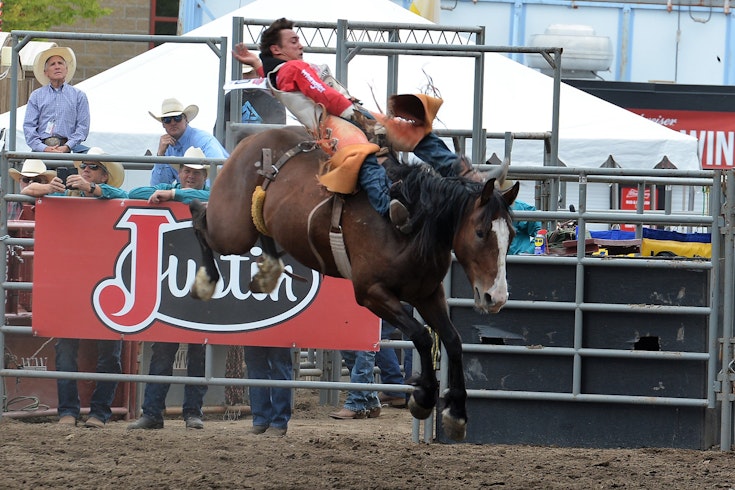
Saddle Bronc Riding
Saddle Bronc riding is often considered Pro Rodeo's "classic" event. It is a test of balance, style, and timing.
Every move the rider makes must be coordinated with the movement of the horse. The cowboy's objective is a fluid ride that synchronizes his spurring action with the bronc's movements.
Points are awarded for the cowboy's spurring effort, the degree to which his toes are turned away from the horse and the his control of the horse. Proper spurring, or "marking out", happens when both of the rider's heels touch the horse above its shoulders before its feet first hit the ground.
The saddle bronc rider holds onto a thick rein attached to his horse's halter. Using onl...
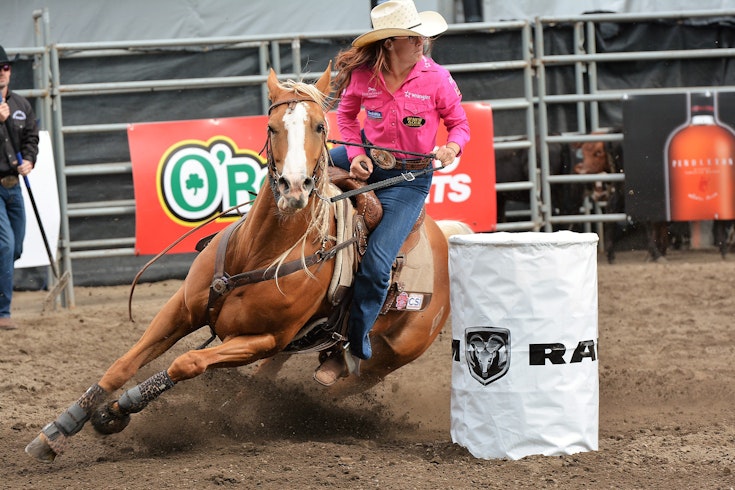
Barrel Racing
Barrel racing has no judges, which means a rider's time is the only determining factor. This is the only women's event at the Puyallup Pro Rodeo.
The rider circles three barrels in a cloverleaf pattern as quickly as she can. A rider may touch, or even tip a barrel, but if one is knocked over, a five-second penalty is added to her total time. This penalty often knocks the best competitors out of the competition, since hundredths of a second often mark the difference between first and second place.
When the rider enters the arena, an electronic eye starts the clock. The clock is stopped the instant the horse completes the pattern.
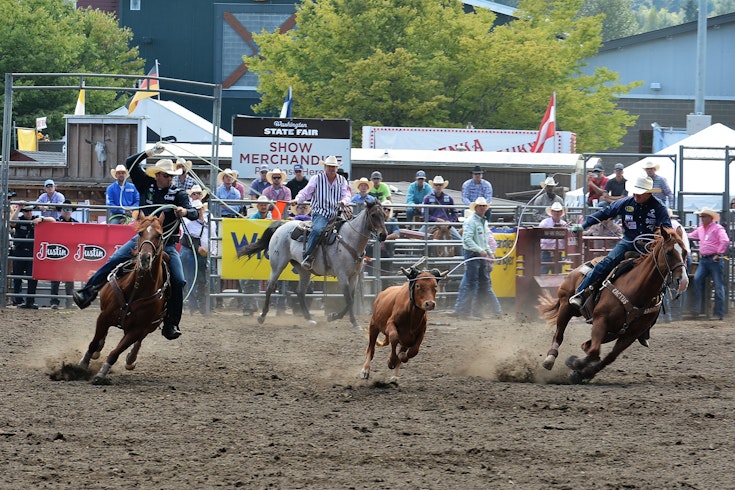
Team Roping
Team roping, which is the only true team event in Pro Rodeo, requires cooperation and close timing between the team members. The team consists of a header and a heeler - and don't forget their horses.
Team ropers start from a chute with a breakaway barrier. The steer gets a head start determined by the size of the arena. When the steer reaches the advantage point, the barrier is released and the ropers take off. The heeler trails slightly behind the header.
The header throws his lasso first and must make one of three catches on the steer - around both horns, around one horn and the head or around the neck. After this, the header turns the steer to the left and exposes its hind le...
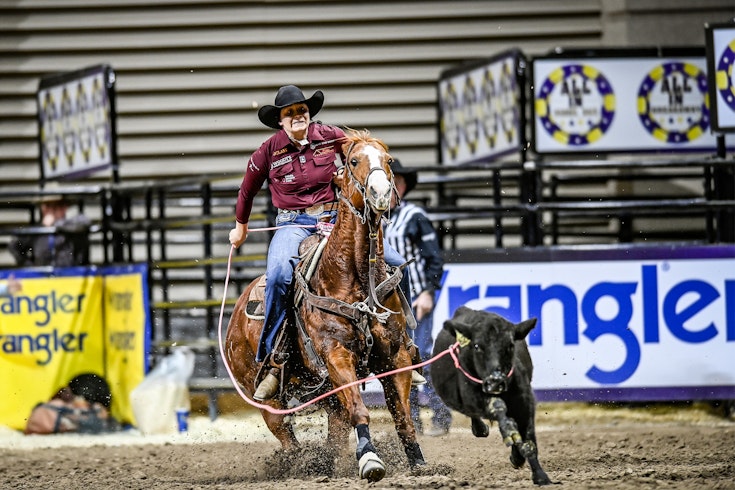
Breakaway Roping
Sponsored by
Don’t blink or you may just miss the run. In breakaway roping, the cowgirl has a flag tied close to the end of her rope and a nylon string tied from the rope to the saddle horn. Once the barrier is released and the calf leaves the roping chute, the cowgirl gives chase throwing the loop around the calf’s neck.
When the rope grows tight after the calf is roped, the string breaks away from the saddle horn and the flag goes flying, signaling the timer to stop the clock. The time in the breakaway roping can sometimes get as fast as 2.0 seconds and since it is a timed event, the fastest time wins. A broken barrier results in a 10-second penalty.

